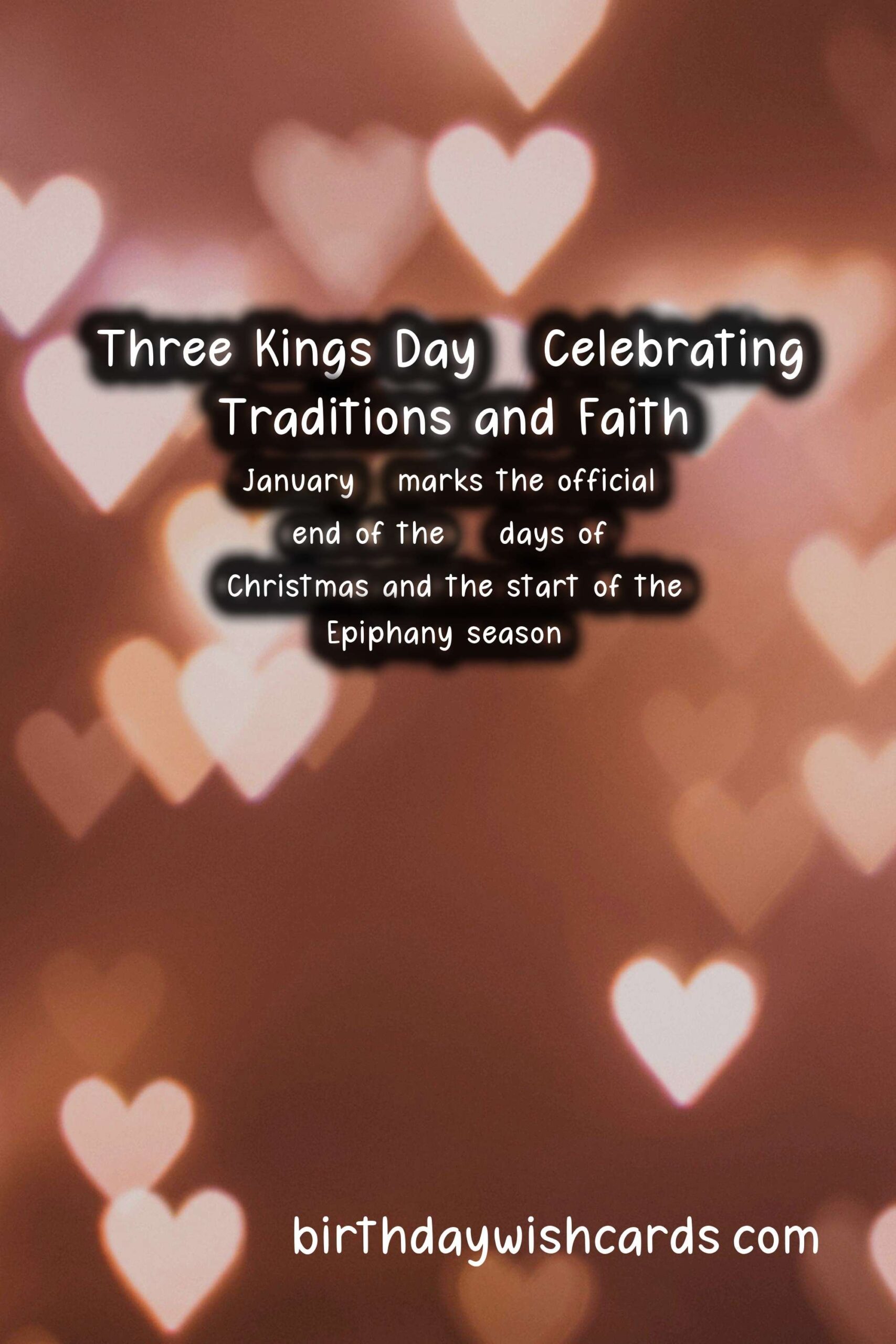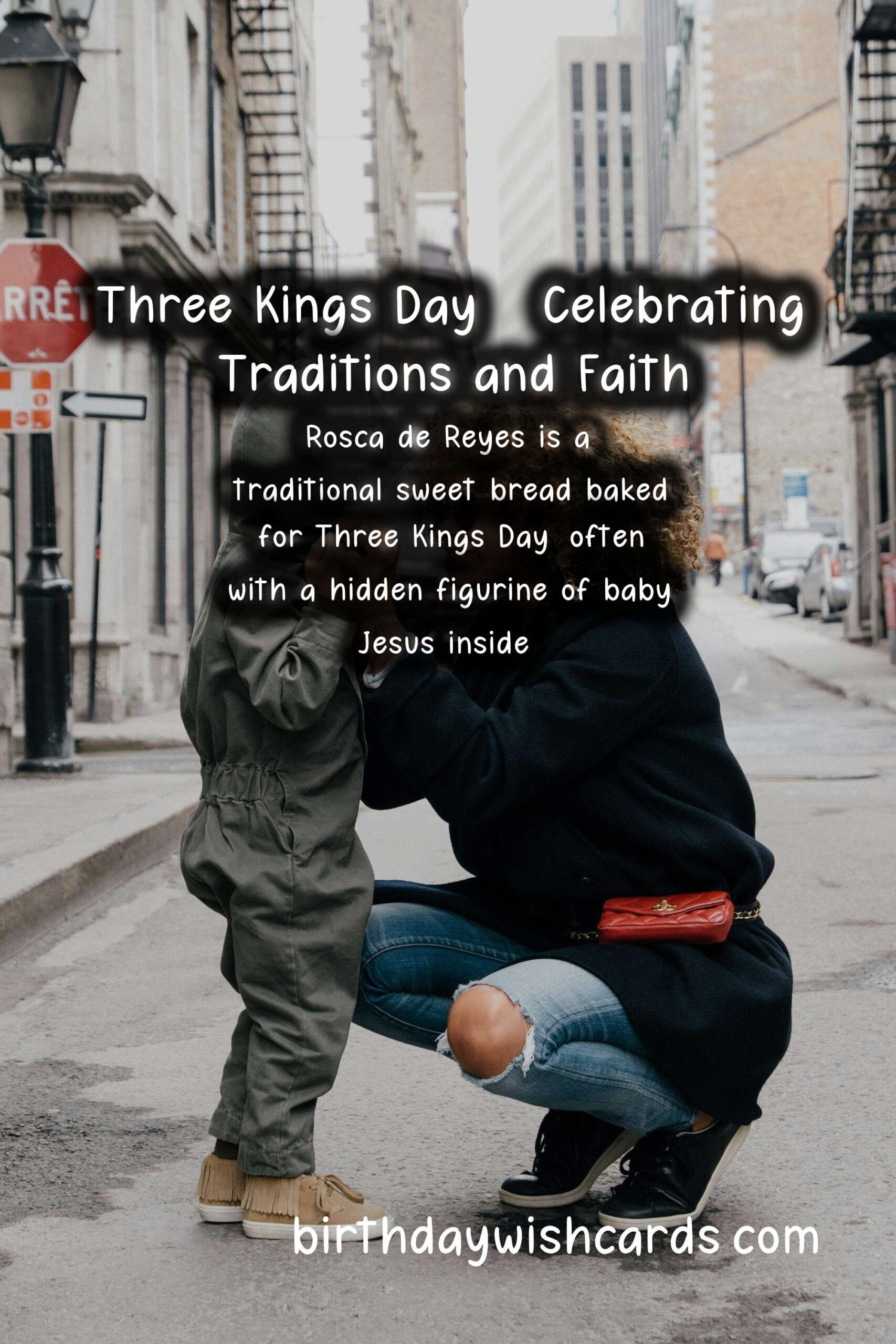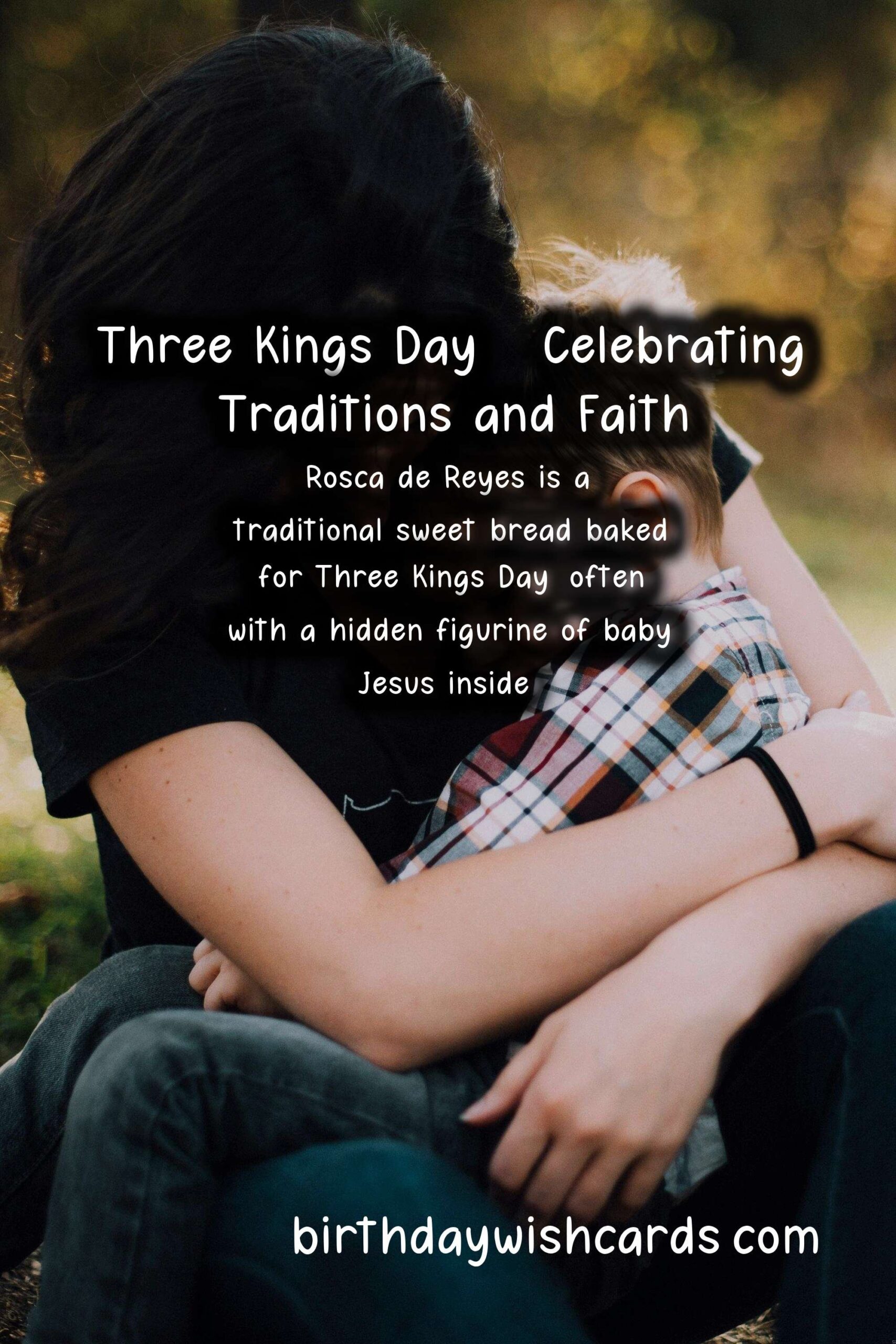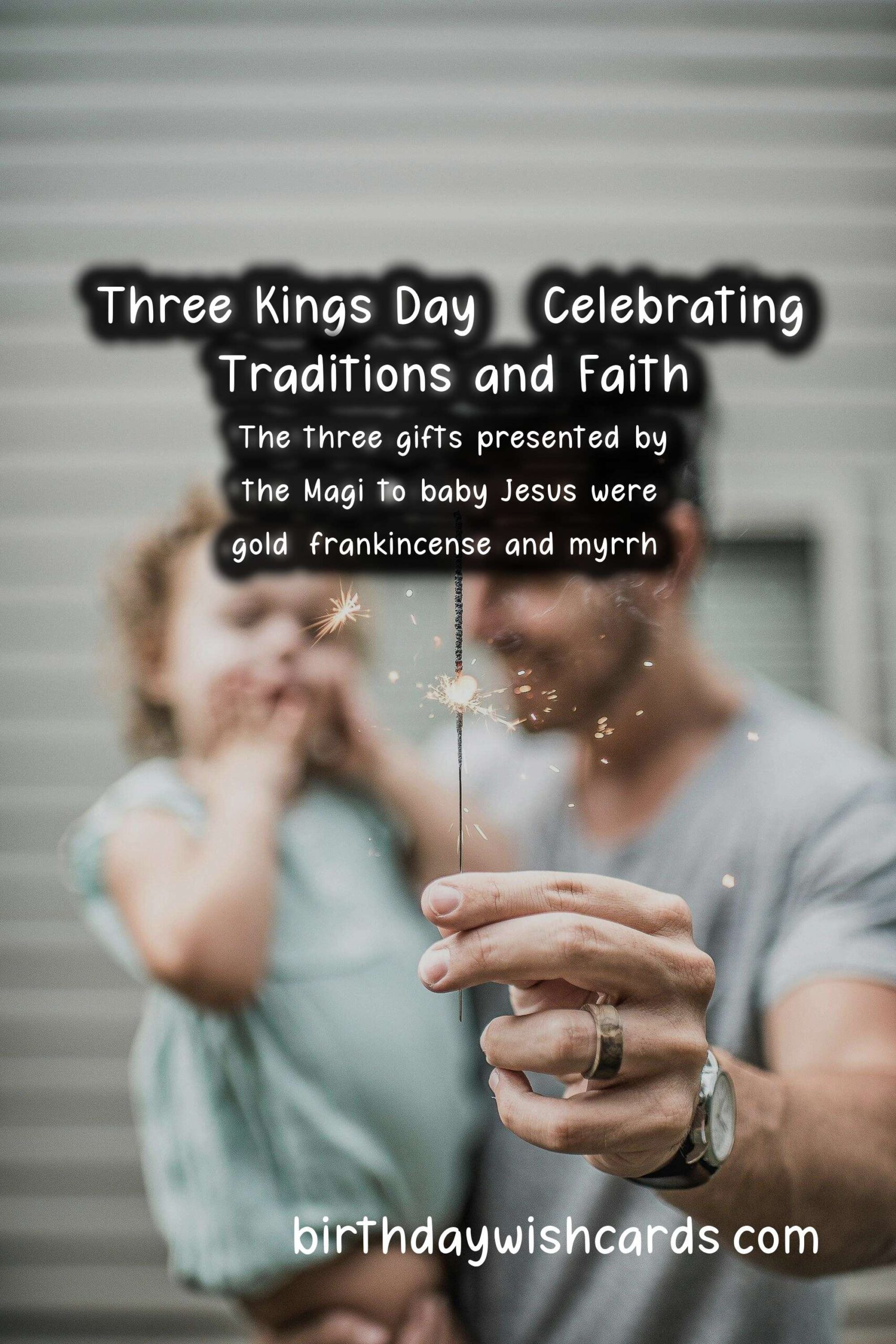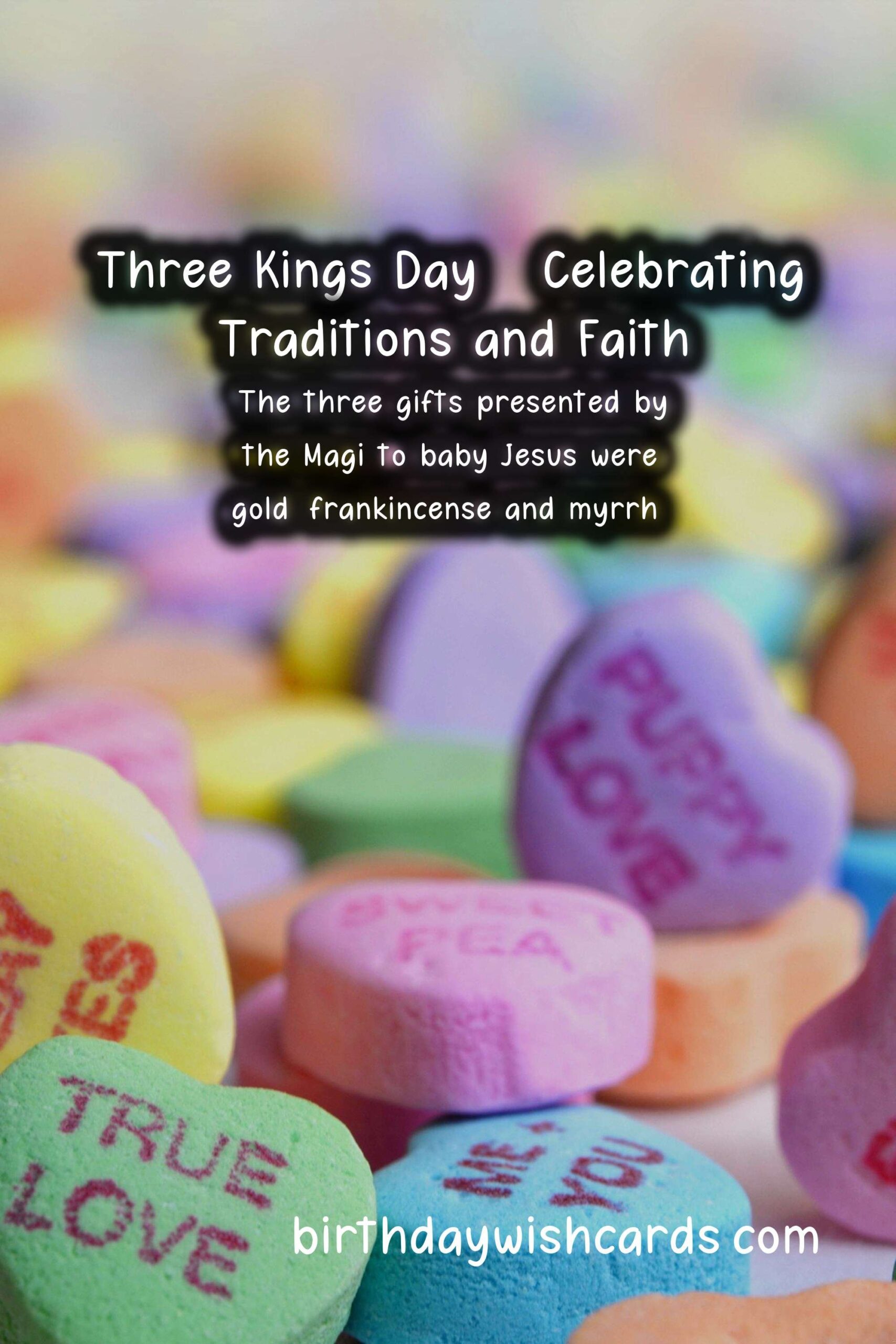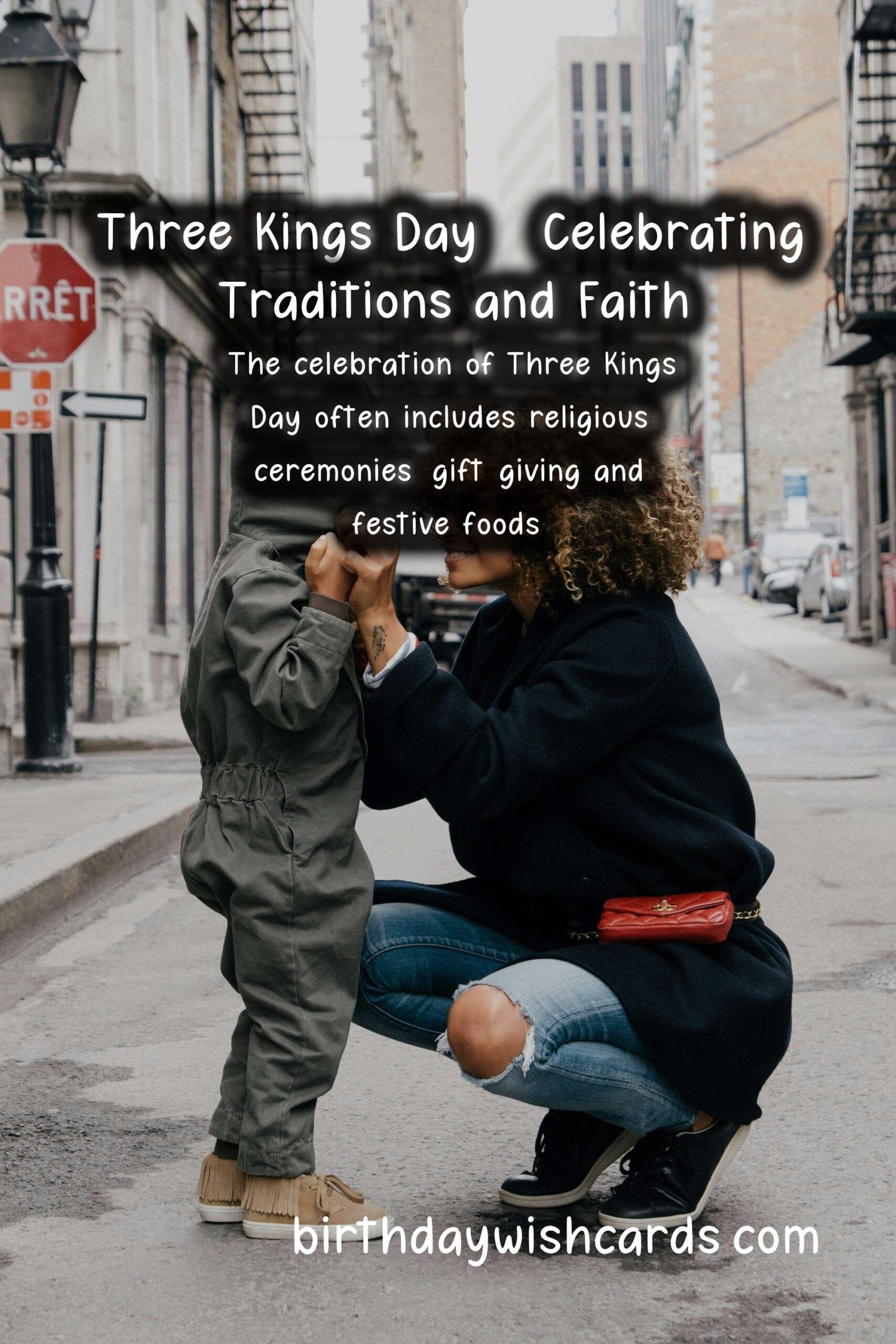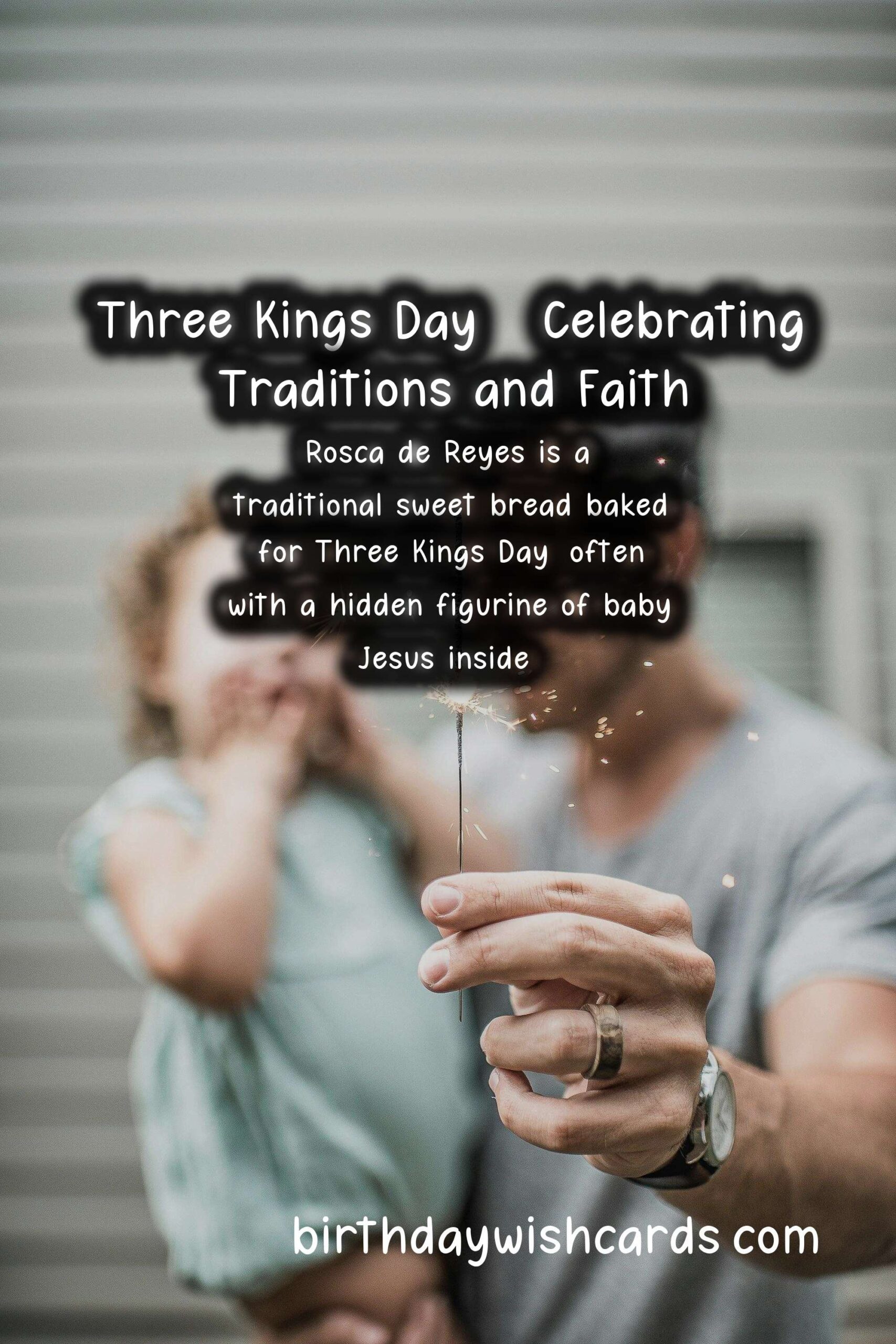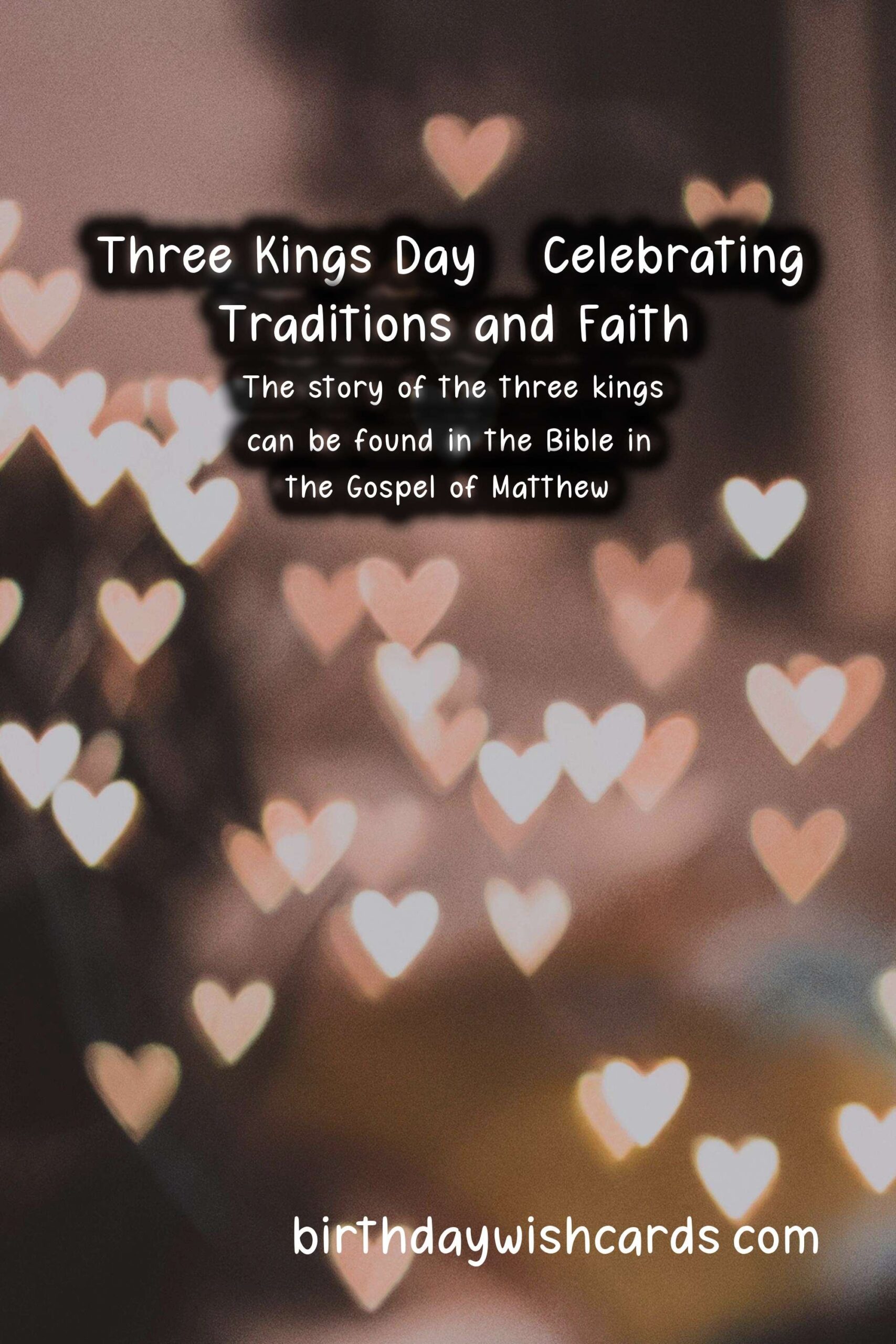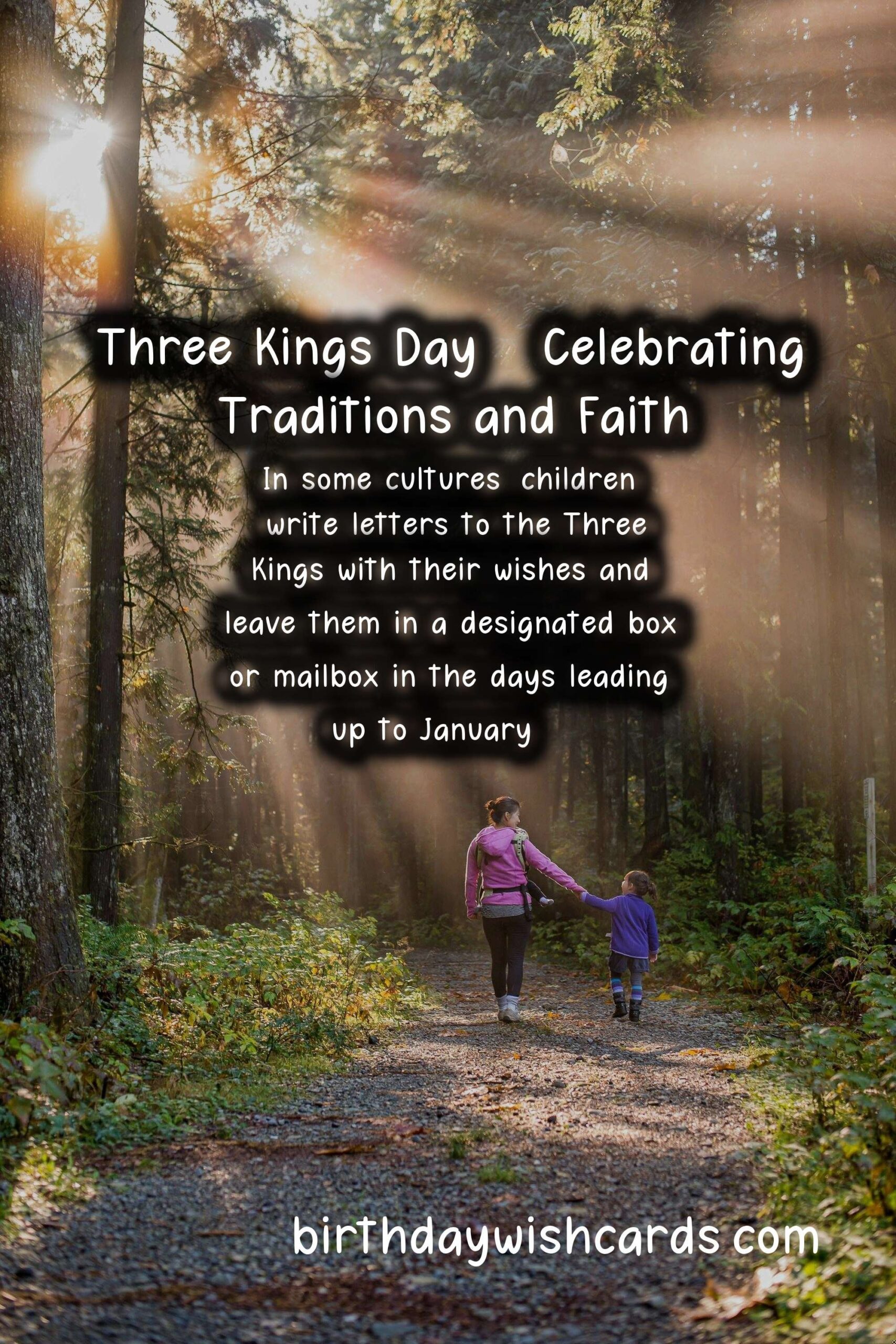 Three Kings Day, also known as Epiphany, is a Christian holiday celebrated on January 6th. It marks the end of the Christmas season and commemorates the biblical story of the three wise men, or kings, visiting baby Jesus. This holiday is widely celebrated by Christians all over the world, with different traditions and customs. Let’s explore the history, significance and traditions of Three Kings Day together. January 6 marks the official end of the 12 days of Christmas and the start of the Epiphany season. The traditional date of the Three Kings’ arrival to Bethlehem is believed to be January 6. The three kings, also known as the Magi, were wise men from the East who followed a bright star to find the newborn king. The three gifts presented by the Magi to baby Jesus were gold, frankincense and myrrh. The story of the three kings can be found in the Bible in the Gospel of Matthew. The celebration of Three Kings Day often includes religious ceremonies, gift-giving and festive foods. Many Hispanic and Latin American countries have special traditions for Three Kings Day, including parades, performances and feasts. Rosca de Reyes is a traditional sweet bread baked for Three Kings Day, often with a hidden figurine of baby Jesus inside. Children may leave their shoes out on the eve of Three Kings Day in hopes of receiving gifts from the Kings, similar to the customs of Christmas Eve. In some cultures, children write letters to the Three Kings with their wishes and leave them in a designated box or mailbox in the days leading up to January 6. The traditional colors associated with Three Kings Day are purple, green and gold, symbolizing royalty, faith and wealth. Three Kings Day is an important holiday for the Hispanic and Latin American communities, reflecting their cultural and religious heritage.
Three Kings Day, also known as Epiphany, is a Christian holiday celebrated on January 6th. It marks the end of the Christmas season and commemorates the biblical story of the three wise men, or kings, visiting baby Jesus. This holiday is widely celebrated by Christians all over the world, with different traditions and customs. Let’s explore the history, significance and traditions of Three Kings Day together. January 6 marks the official end of the 12 days of Christmas and the start of the Epiphany season. The traditional date of the Three Kings’ arrival to Bethlehem is believed to be January 6. The three kings, also known as the Magi, were wise men from the East who followed a bright star to find the newborn king. The three gifts presented by the Magi to baby Jesus were gold, frankincense and myrrh. The story of the three kings can be found in the Bible in the Gospel of Matthew. The celebration of Three Kings Day often includes religious ceremonies, gift-giving and festive foods. Many Hispanic and Latin American countries have special traditions for Three Kings Day, including parades, performances and feasts. Rosca de Reyes is a traditional sweet bread baked for Three Kings Day, often with a hidden figurine of baby Jesus inside. Children may leave their shoes out on the eve of Three Kings Day in hopes of receiving gifts from the Kings, similar to the customs of Christmas Eve. In some cultures, children write letters to the Three Kings with their wishes and leave them in a designated box or mailbox in the days leading up to January 6. The traditional colors associated with Three Kings Day are purple, green and gold, symbolizing royalty, faith and wealth. Three Kings Day is an important holiday for the Hispanic and Latin American communities, reflecting their cultural and religious heritage. 
